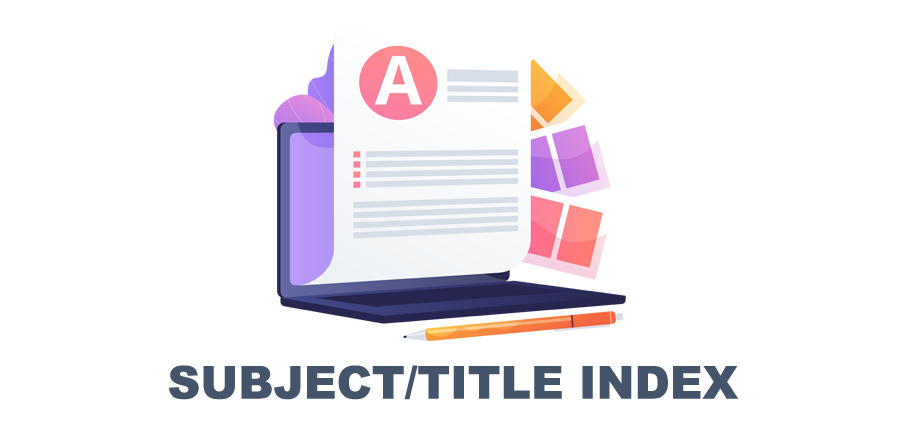mplementasi Blended learning untuk Meningkatkan Efektivitas Pembelajaran Online berbasis Classroom Mata Kuliah Profesi Keguruan pada Semester II di STIT Raden Wijaya Mojokerto Tahun Akademik 2019/2020
DOI:
https://doi.org/10.32616/pgr.v4.1.250.109-118Keywords:
Blended learning, face-to-face learning, online learningAbstract
The formation of the Blended learning concept is due to an understanding of combining the power of face-to-face learning with online learning. This opens the possibility for a redesign that goes beyond enhancing the traditional classroom lecture. Blended learning represents a new approach and a combination of face-to-face learning with online learning activities that are consistent with specific program objectives. The problems that can be summarized by the author based on a survey in July 2020 to 45 students who are in the second semester class include; a total of 28% of students have not mastered the google classroom platform implemented by the STIT Raden Wijaya campus, 85.6% have difficulty understanding the learning materials delivered by the lecturers, 71.6% of students stated that there were many assignments and were burdened with deadlines for submitting assignments, and 82.7 % of students want face-to-face learning. Based on the focus of the study, this study aims to determine the increase in the effectiveness of classroom-based online learning through the implementation of blended learning for Teaching Professional Courses in Semester II at STIT Raden Wijaya Mojokerto for the 2019/2020 Academic Year. This research uses quantitative methods. This type of research is an experimental research. The subjects of this study were students of the even semester of the 2019/2020 academic year in the Islamic Education Study Program of STIT Raden Wijaya Mojokerto. The population of this study were second semester students (class 2019), with saturated sampling totaling 46 students consisting of 2 classes. Namely the experimental class 23 and the control class 23. The results of the study that have been discussed, it can be concluded that learning using blended learning is better than students who only use online learning. These results are proven by the results of the Independent Sample t-test, it is known that the average learning rate with blended learning is 56.00 greater than online learning which is 51.96. The analysis must go through two stages, namely the F test and the t test. It is known that F is 3,668 with a probability of 0.62, because 0.62> 0.05, it can be concluded that the two variants are the same or identical. t test post test results with Equal variances assumed (assuming the two variants are the same) is -3,748 with a probability of 0.001, because 0.001 <0.05; It can be concluded that on average, blended learning is different from online learning
Downloads
Published
Issue
Section
License
Copyright (c) 2020 Achmad Padi

This work is licensed under a Creative Commons Attribution 4.0 International License.







